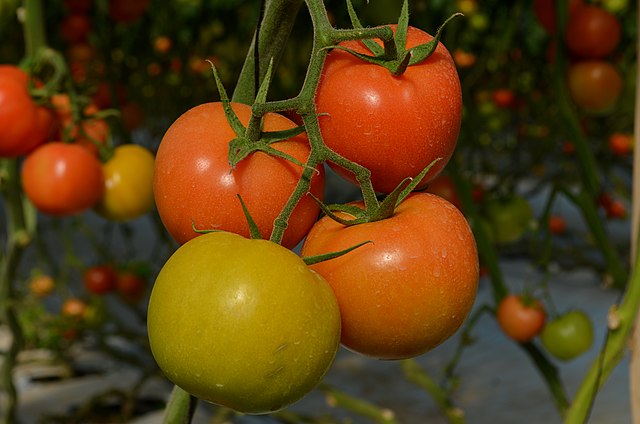Agricultural areas of Souss-Massa, one of the top tomato exporting areas of Morocco have not suffered much of the September 8 earthquake effects despite being in the southwest along the quake’s path.
Souss-Massa region is home to Touradant, a city of 80,000 people, which felt the full impact of the quake. Al Houaz province in the neighboring Marrakech-Safi region in western Morocco was the other epicenter.
Marrakech is the hub of agriculture and tourism in the Arab nation. The city’s UNESCO world heritage site dating back to the 1100’s CE is also the country’s most toured site.
With its export-oriented agricultural model, Morocco is likely to witness shortage of basic food commodities during this period.
Luckily, large-scale agricultural lands around Taroudant, which is one of the epicenters of the earthquake, witnessed little agricultural damage. Most damage was on the water catchment and drainage systems such as wells and springs.
The southern region around Taroudant enjoys cultivation of alfalfa fodder and livestock rearing. Alfalfa seeds that can withstand the arid conditions of the region come from the United States.
The most impact was in Al Haouz, a high-altitude village with mostly baked clay homes. The village has had a bad date with drought this year, especially since its development record is based on agricultural livelihoods. The quake will intensify the effect of the previous drought that had rendered rivers seasonal and lakes dry.
Small-scale farming hamlets deep within the Atlas mountains that grow fruits, saffron and spices, however, underwent considerable destruction and loss of lives.
Al Haouz province is home to cereals such as wheat, leguminous crops like faba bean and pea as well as alfalfa. The area’s poor soils and low drainage calls for nitrogen-fixing crops like beans to enrich its soil.
Olives, stone fruit and citrus also serve as permanent trees that shade rotational crops of wheat and legumes.
The earthquake comes at a time of agricultural blossoming despite the drought in the North African nation. In 2022, agriculture and livestock rearing grew the fastest of any industry in Morocco. It represented 15% of the Gross Domestic Product of the country.
